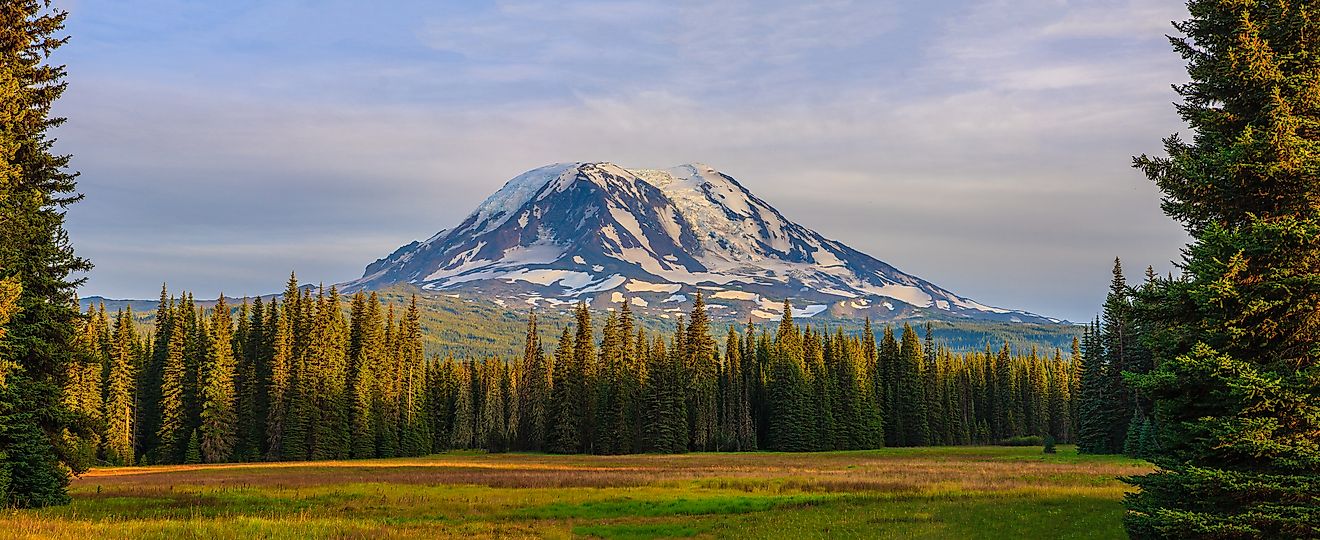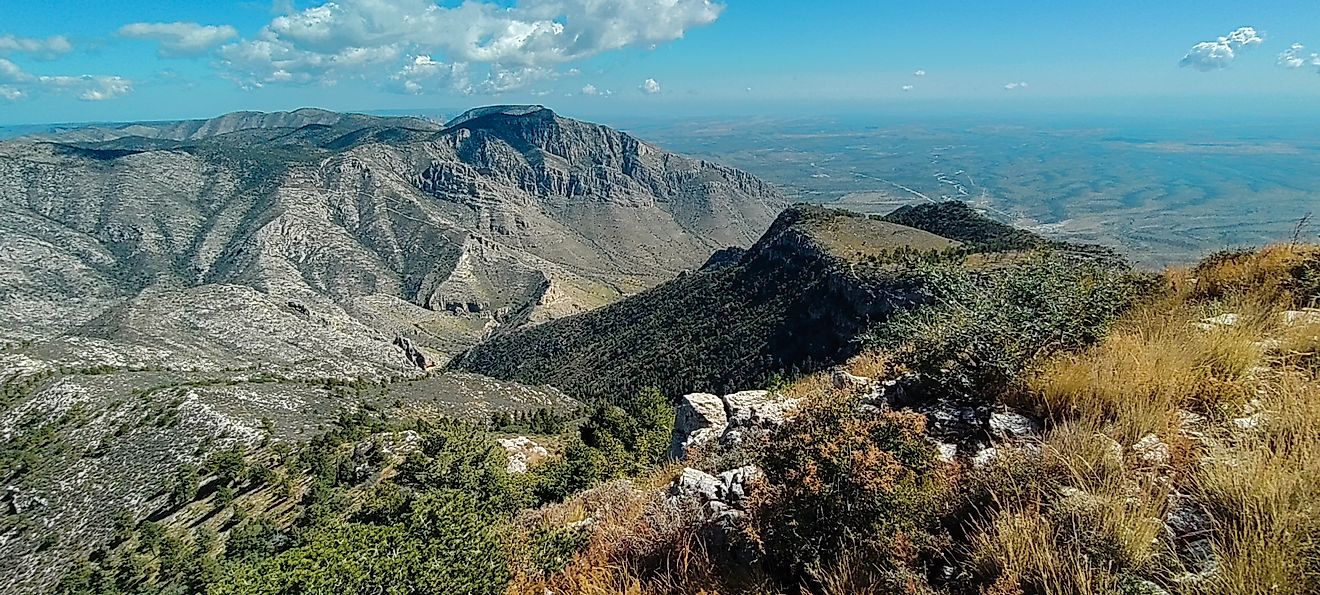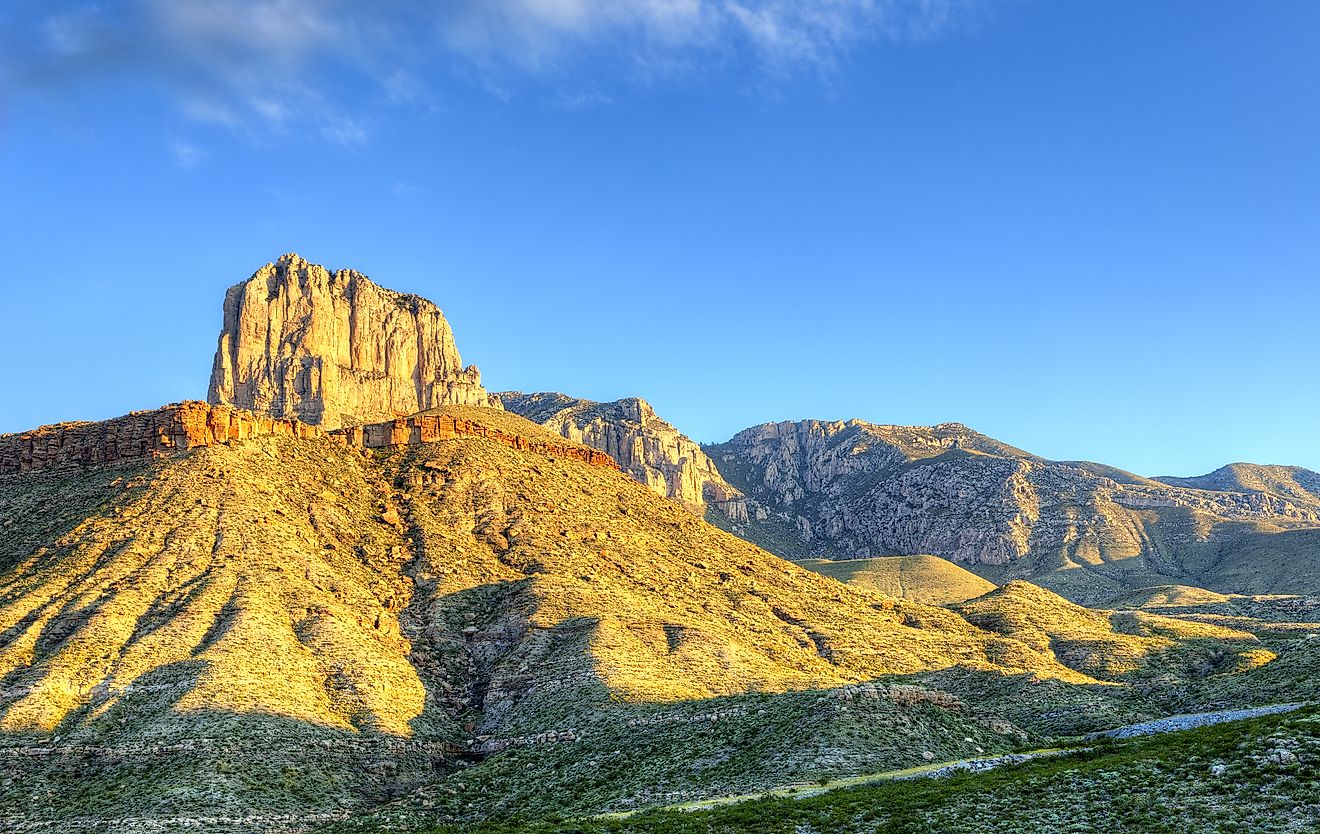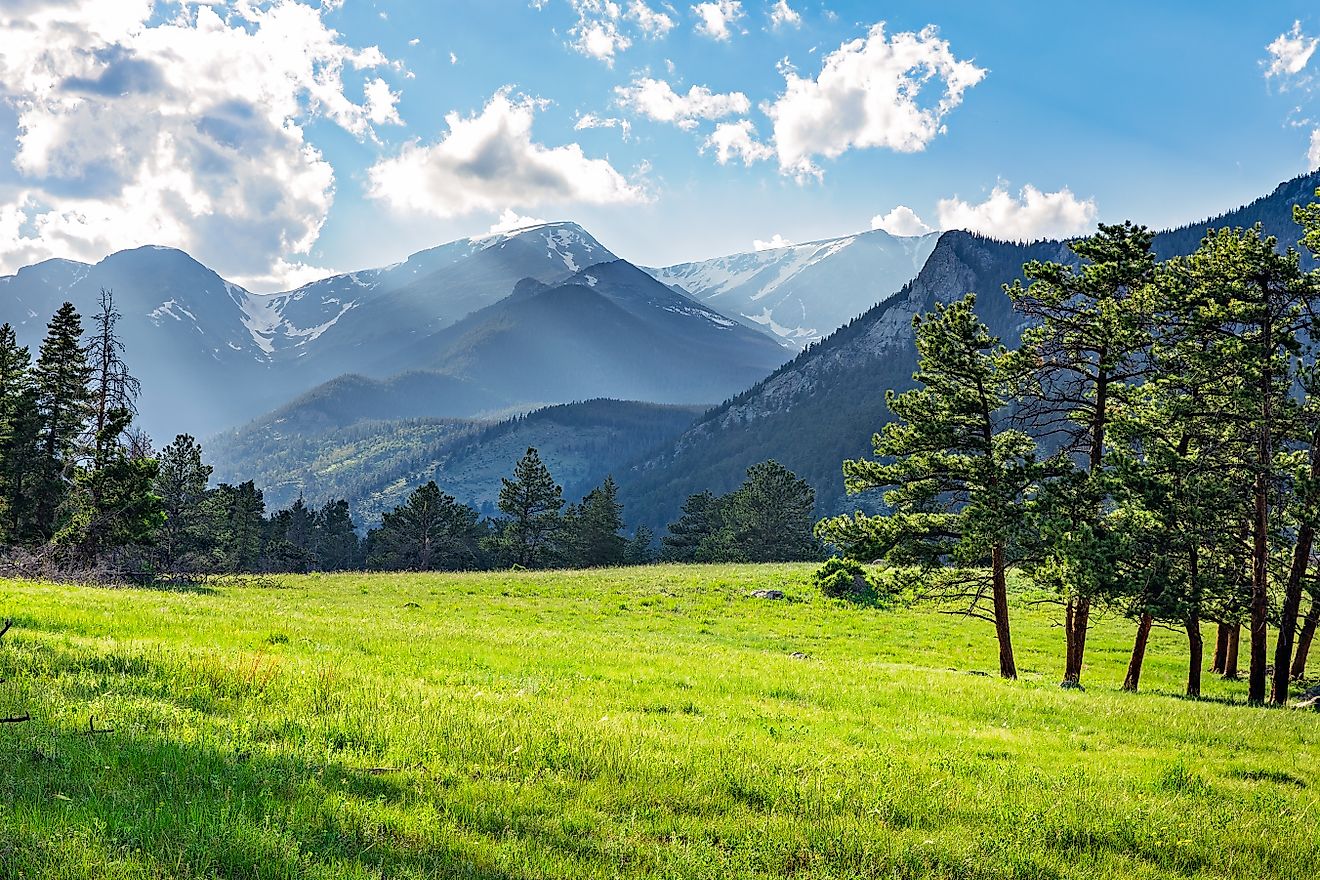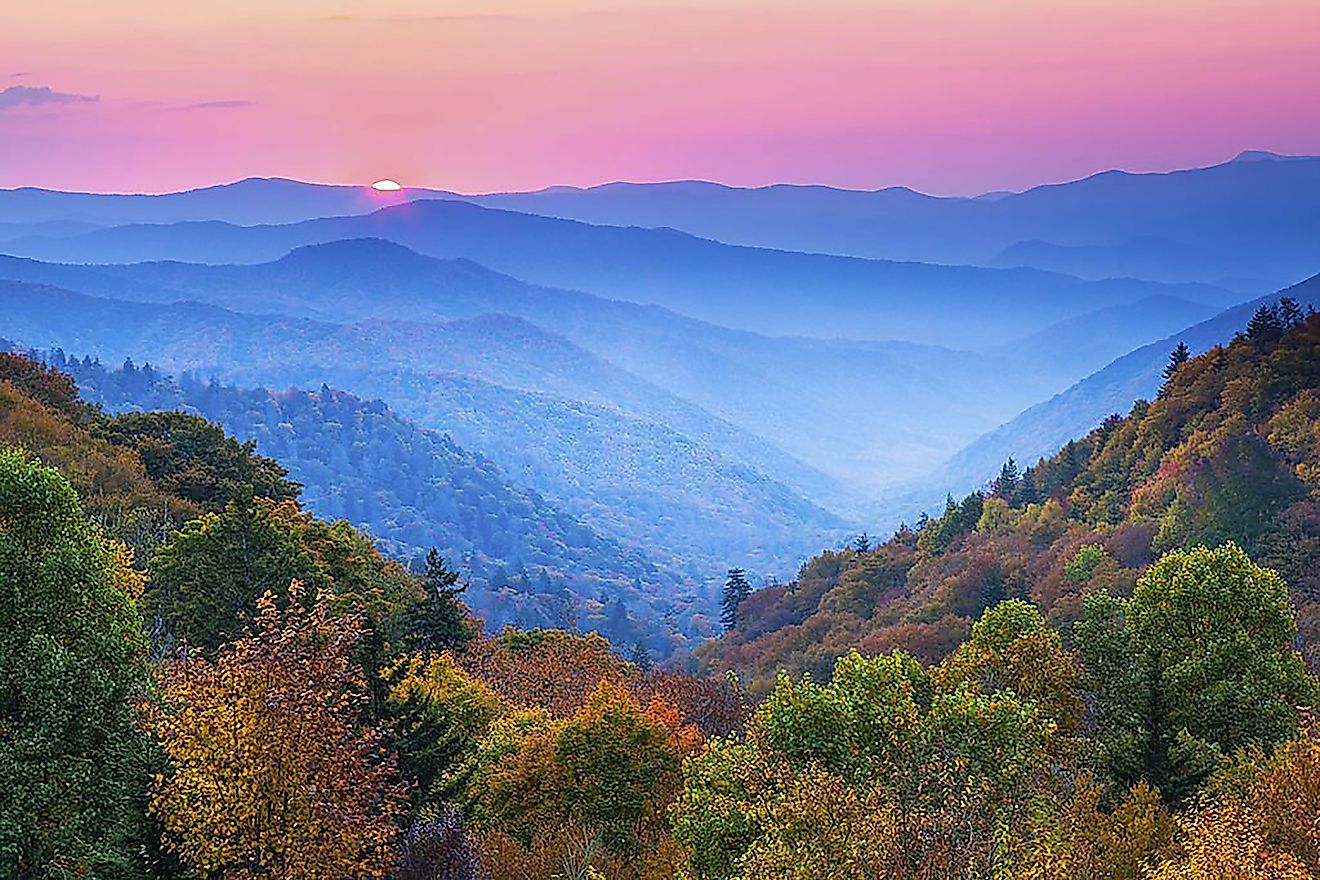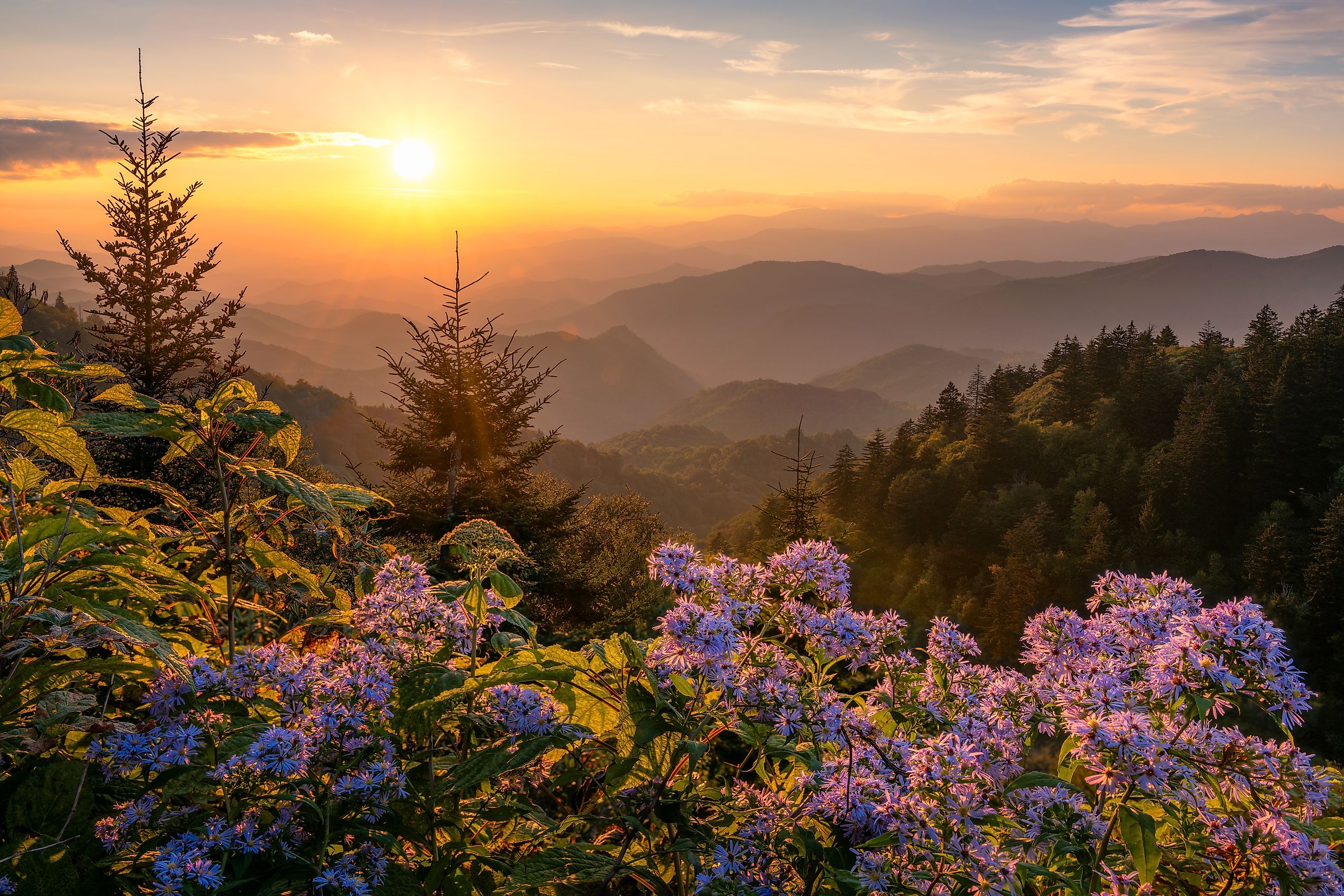
The Smoky Mountains
Rising along the border of Tennessee and North Carolina, the Smoky Mountains are one of the most biologically diverse and geologically significant mountain ranges in the United States. Known for the bluish haze that often cloaks their ridges, the Smokies stretch over 70 miles across the southeastern US and form a subrange of the Appalachian Mountains. Their Cherokee name, Equa Dutsusdu Dodalv, means “place of the blue smoke,” a reference to the vapor released by the dense vegetation that blankets the slopes.
The Smokies are a vital part of the Blue Ridge Physiographic Province and encompass parts of Blount, Sevier, and Cocke Counties in Tennessee and Swain and Haywood Counties in North Carolina. Most of the range lies within the boundary of Great Smoky Mountains National Park, established in 1934. Today, it remains the most visited national park in the country, with more than 11 million annual visitors drawn by its scenic beauty, ecological richness, and historical sites.
How the Smokies Got Their Name

The signature mist that appears to rise from the forested slopes is not smoke, but fog created by volatile organic compounds emitted by trees, like pine, oak, and spruce and other vegetation. These compounds interact with sunlight and moisture in the air to create the familiar blue haze that gives the Smoky Mountains their name.
A Billion Years in the Making

The Smokies boast some of the oldest exposed rock formations in North America. The foundation of the range began more than a billion years ago when ancient oceans deposited layers of sediment that were later transformed into metamorphic rock through intense heat and pressure. During the Paleozoic era, tectonic collisions between the North American and African plates created the Appalachian Mountains, including the Smokies.
Over time, erosion sculpted the landscape into the rounded peaks and deeply carved valleys seen today. Cades Cove, Cataloochee, and other well-known valleys offer glimpses into these geological layers, revealing a timeworn yet enduring terrain.
Geography of the Range

The Great Smoky Mountains stretch from the northeast near the Pigeon River to the southwest along the Little Tennessee River. The range includes well-known features like Chilhowee Mountain and English Mountain in the foothills. Numerous rivers and streams originate in the Smokies, shaping both the land and the ecosystems.
Major rivers include:
-
Little River
-
Oconaluftee River
-
Abrams Creek
-
Hazel Creek
-
Roaring Fork
These waterways feed into the Tennessee River watershed and create some of the region’s most iconic waterfalls and gorges.
Weather and Climate
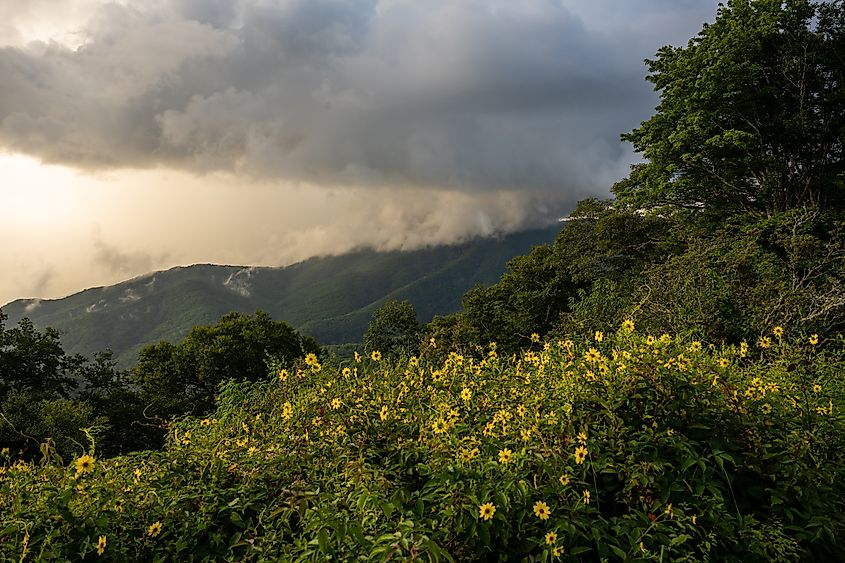
The climate of the Smoky Mountains varies significantly by elevation. Valleys experience hot, humid summers and mild winters, while higher elevations are cooler year-round and receive greater amounts of rainfall and snow. Annual precipitation ranges from 50 to 80 inches, contributing to the region’s lush vegetation.
Notable weather phenomena include:
-
Frequent fog and morning cloud inversions
-
Strong mountain wave winds during the cool season
-
Occasional flash floods and post-hurricane impacts
Mount Le Conte, one of the highest peaks, rises to 6,593 feet and receives regular snowfall in winter, contributing to the spruce-fir forests that dominate its summit.
A Vertical Forest Mosaic
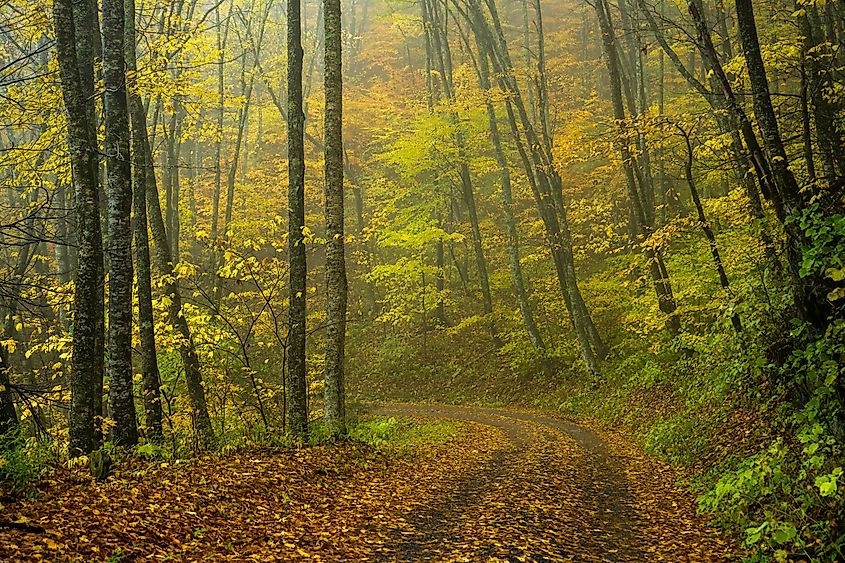
The Smokies are home to 187,000 acres of old-growth forest, the largest such tract east of the Mississippi River. Vegetation in the mountains changes with elevation, forming distinct forest zones:
-
Cove hardwood forests in the valleys, rich with maple, tulip poplar, and hickory
-
Northern hardwood forests on middle slopes, with birch, beech, and buckeye
-
Spruce-fir forests at the highest elevations, similar to those found in Canadian latitudes
This range in plant life supports an enormous diversity of animal species, including more than 200 species of birds and 65 species of mammals.
Wildlife Riches and Rare Ecosystems
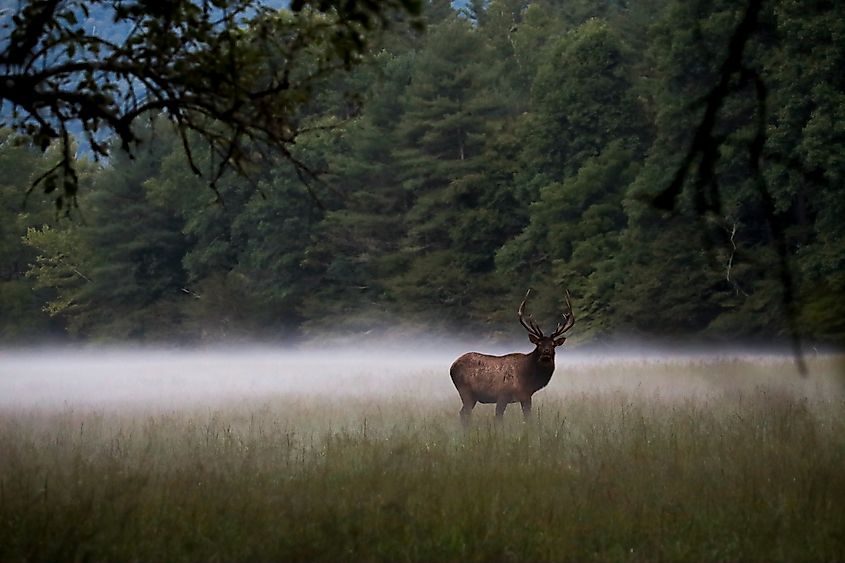
The Great Smoky Mountains are one of the most biodiverse regions in North America. They support a variety of unique habitats, including grassy balds and heath balds that occur at mid-to-high elevations. These areas host dense growths of rhododendron, mountain laurel, and wildflowers.
Key wildlife highlights include:
-
The densest population of black bears in the eastern US
-
Over 30 species of salamanders, earning the park the nickname “Salamander Capital of the World”
-
Regular sightings of elk, white-tailed deer, and bobcats
Streams are home to native brook trout and numerous aquatic invertebrates that thrive in the cold, clean mountain water.
Traces of the Ice Age
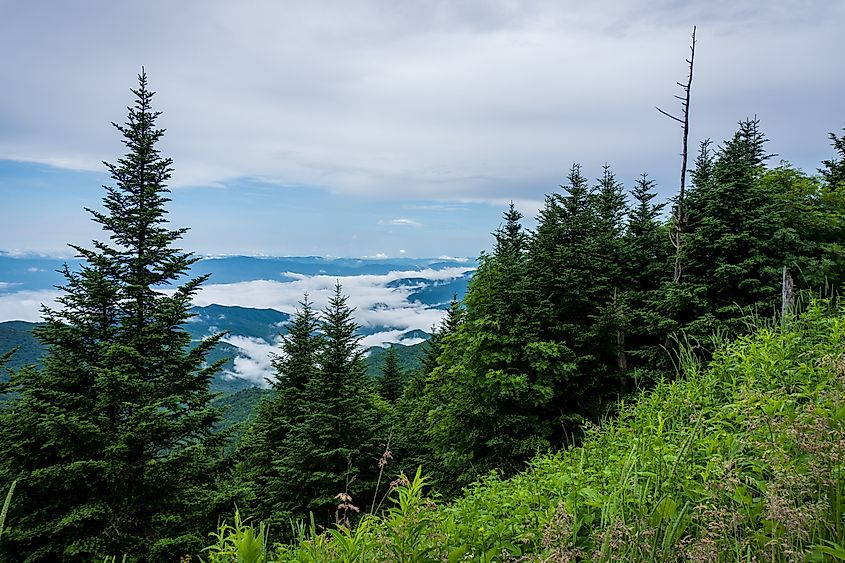
Although glaciers never reached the Smokies, their presence shaped the region’s climate and ecology. During the last glacial maximum, colder temperatures allowed spruce-fir forests to expand into the valleys. As the ice retreated, hardwood forests recolonized the lower elevations.
Evidence of this ancient past includes:
-
Blockfields at the base of steep slopes, created by freeze-thaw cycles
-
Spruce-fir forests surviving as relicts from colder eras
The transition from tundra to temperate forest over thousands of years resulted in the vertical layering of vegetation that defines the range today.
A Botanist’s Paradise
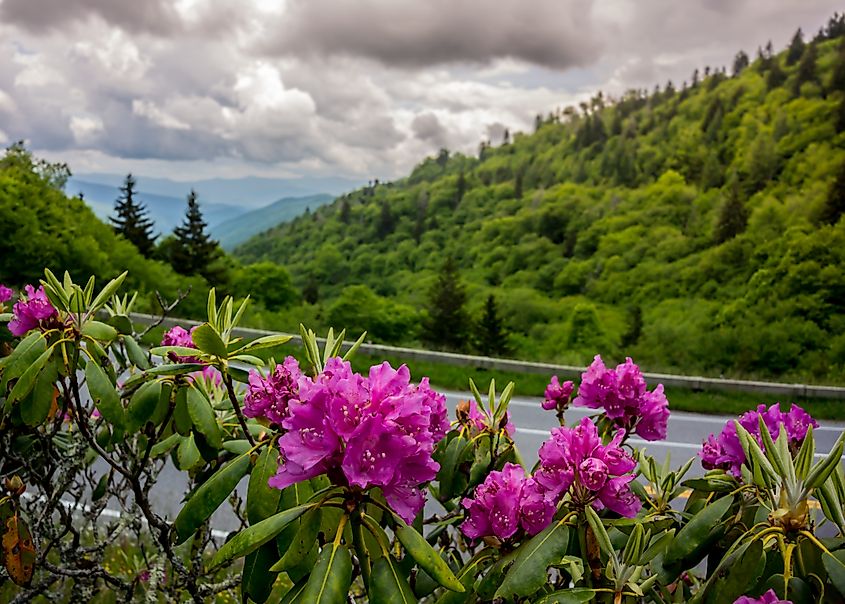
The Smokies are home to more than 1,600 species of flowering plants, along with more than 100 native tree species. In spring, wildflowers blanket the forest floor, including trillium, violets, and lady’s slippers. Autumn is equally dramatic, as deciduous trees light up the slopes with brilliant shades of gold, orange, and crimson.
Seasonal highlights:
-
Wildflower peak: April to early May
-
Fall color peak: mid-to-late October
-
Notable plants: Carolina rhododendron, flame azalea, and Fraser fir
Echoes of the Past
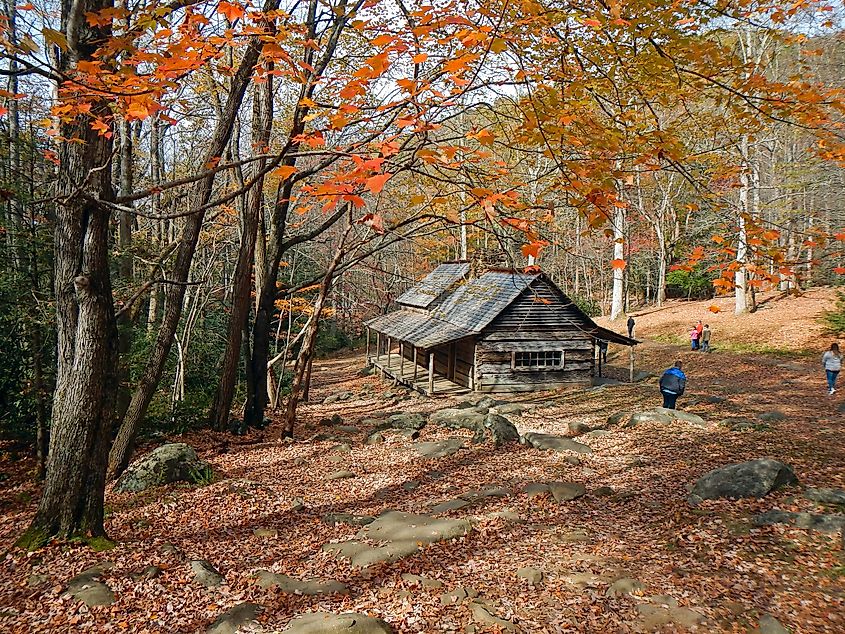
Long before European settlers arrived, the Cherokee called the Smokies home. They lived in small villages, hunted game, and harvested crops from the fertile mountain valleys. During the 19th and early 20th centuries, European settlers moved in, establishing farms, mills, and churches.
When the national park was created in the 1930s, entire communities were displaced. Many historic structures remain preserved within the park today, offering a glimpse into the lives of early mountain residents.
Historic districts include:
-
Cades Cove
-
Cataloochee
-
Elkmont
Mountain Towns and Local Culture

Border towns like Gatlinburg, Pigeon Forge, and Cherokee have become cultural outposts, blending tourism with Appalachian tradition. Music, crafts, and storytelling are still vital parts of mountain life. Attractions such as the Great Smoky Mountains Heritage Center in Townsend and the Museum of the Cherokee Indian in Cherokee preserve the human history of the range.
Notable traditions:
-
Bluegrass and old-time music
-
Handcrafted quilts, baskets, and wood carvings
-
Annual festivals celebrating seasonal changes and regional pride
Why the Smokies Still Matter
The Smoky Mountains are more than just scenic terrain. Their ancient geology, ecological richness, and cultural depth make them one of the most significant natural landscapes in the United States. As fog drapes the ridges and streams trace old valleys, the Smokies continue to offer a sense of wonder and reflection to all who visit.
They remain a symbol of resilience, beauty, and the enduring connection between people and the natural world.
